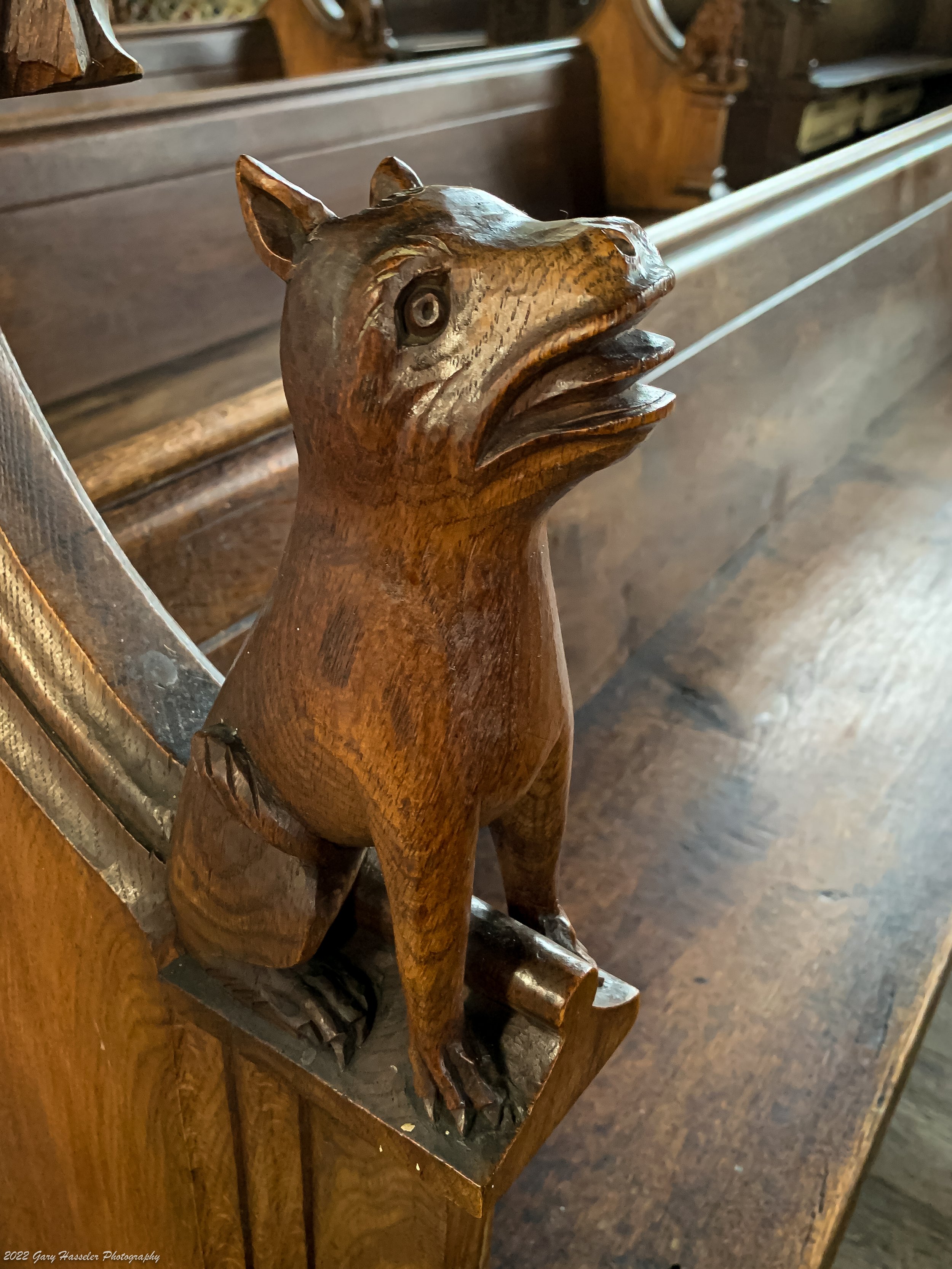Churches are an integral and iconic part of the English landscape. The oldest date back to Anglo-Saxon times, with the very oldest dating to the 7th century. Though England is largely a secular country now, in many villages the local parish church is still the hub of the community.
As a landscape photographer, a geographer and a former professional land use planner, my interest in English churches is centered on the role churches have played in forming the English landscape. The English countryside is beautiful, and churches play a big role in creating that sense of beauty. Though I don’t typically shoot many monochrome (black and white) images, many churches seem tailor-made for a moody, monochromatic (almost Gothic) look. Thus, many of my images in this gallery are in black and white.
I recently started photographing parish churches, so this gallery is part of an ongoing long-term project. In addition, I will likely post the occasional blog piece related to the project.
St Mary, Wetherden, Suffolk.
St Mary, in my own village of Wetherden, was built in the mid-15th century and as such is classified as being of the Perpendicular architectural style. It contains a beautiful 15th century (interior) roof and delightful pew bench-end carvings of small animals, such as dogs, squirrels, unicorns and more.




All Saints, Crowfield, Suffolk.
The main structure of All Saints church in Crowfield dates to the 14th century, with the characterful timbered chancel being added in the 15th century. It’s this addition that sets All Saints apart from other small churches, while the bell tower adds another interesting element (and it’s topped by a Crow weather vane!). The beauty of the interior belies the church’s small stature. The church is hidden away down a small lane and the village of Crowfield is a good mile away, adding to the church’s feeling of isolation. In my opinion, All Saints is simply one of the prettiest churches in all of Suffolk.
All Saints, Crowfield, Suffolk
St. Augustine, Harleston, Suffolk.
The pretty church of St Augustine in Harleston is of Norman origin (c.1066-1160), though much modernised inside. It has a lovely thatched roof and sits in perfect isolation, overlooking open fields. This peaceful setting adds greatly to St. Augustine’s charm and makes it feel as though you could be visiting the church at almost any point in its history. The solitude, quietness and story of the Armstrong siblings (see the caption for image below) impart a feeling of ineffable sadness to the setting. I don’t think I’ve ever been so moved while visiting a church anywhere.
St. Augustine, Harleston. The four circular grave markers in the foreground (there are actually five - one is out of the frame) mark the resting place of five children, all from one family, who died of diptheria within weeks of one another in 1891. Their father, Charles Armstrong, was the parish clerk and a carpenter, so he likely would have recorded their deaths and made their coffins.
St. Augustine bathed in late afternoon summer light.










